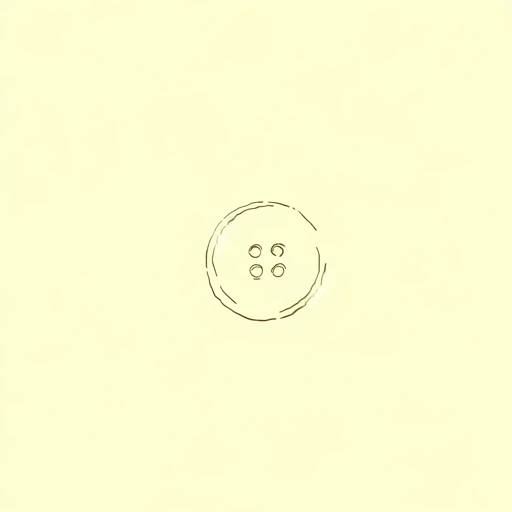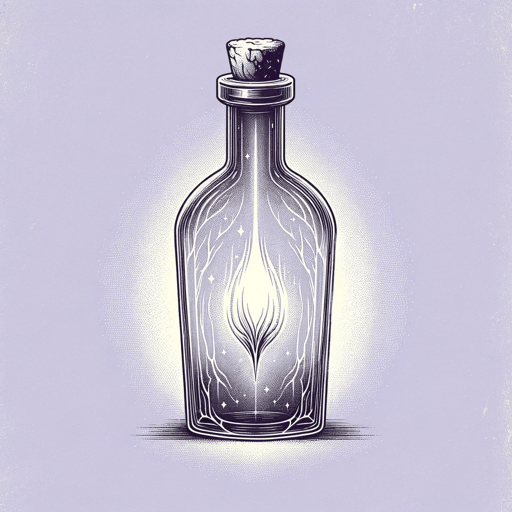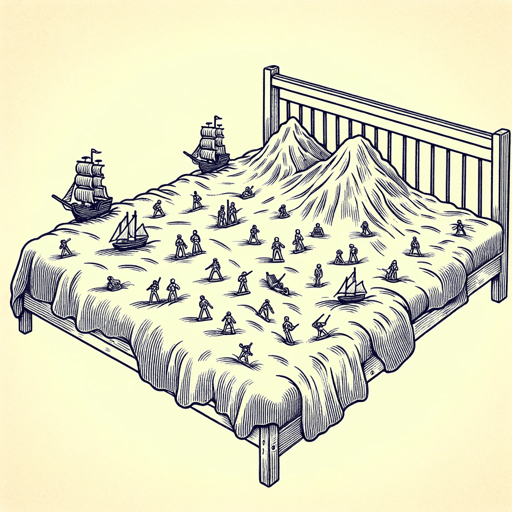34 pages • 1 hour read
Robert Louis StevensonThe Strange Case of Dr. Jekyll and Mr. Hyde
Fiction | Novella | Adult | Published in 1886A modern alternative to SparkNotes and CliffsNotes, SuperSummary offers high-quality Study Guides with detailed chapter summaries and analysis of major themes, characters, and more.
Symbols & Motifs
Hyde’s Door
Enfield’s sighting of Hyde’s door while on a walk with Utterson instigates the story of The Strange Case of Dr. Jekyll and Mr. Hyde. The two friends are in a “busy quarter of London” that has a “general cleanliness and gaiety of note” (48) that is pleasing to the eye. Just beyond this, the terrain changes and a “sinister block of building” appears, with a solitary door in front. It is “blistered and distained” (49), without a bell or knocker; poor people slouch around it and abuse it. This shabby door leads to Hyde’s lodgings and in fact serves as an apt symbol of him. It is private and secretive; Enfield notes that the building “seems scarcely a house. There is no other door, and nobody goes in or out of that one but, once in a great while, the gentleman of my adventure” (52). The door bears “the marks of prolonged and sordid negligence” (49)—a symbol for Jekyll and his unhealthy isolation. Enfield is not even sure if anyone lives there because “the buildings are so packed together about the court, that it’s hard to say where one ends and another begins” (53). In this way, the building serves as a powerful
Related Titles
By Robert Louis Stevenson

At the Sea-Side
Robert Louis Stevenson

Kidnapped
Robert Louis Stevenson

Markheim
Robert Louis Stevenson

Requiem
Robert Louis Stevenson

The Black Arrow
Robert Louis Stevenson

The Bottle Imp
Robert Louis Stevenson

The Land of Counterpane
Robert Louis Stevenson

The Master of Ballantrae
Robert Louis Stevenson

Treasure Island
Robert Louis Stevenson
Featured Collections
British Literature
View Collection
Good & Evil
View Collection
Horror, Thrillers, & Suspense
View Collection
Novellas
View Collection
Required Reading Lists
View Collection
Science Fiction & Dystopian Fiction
View Collection
SuperSummary New Releases
View Collection
Victorian Literature
View Collection
Victorian Literature / Period
View Collection

